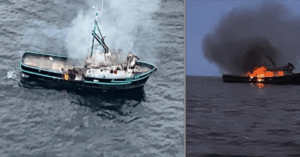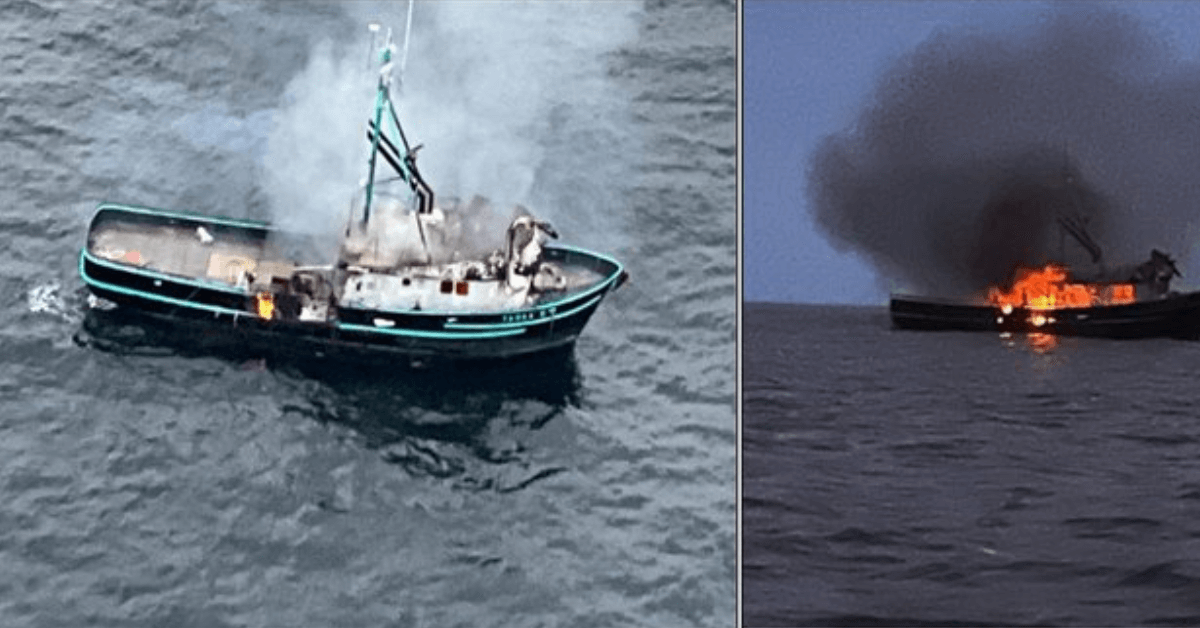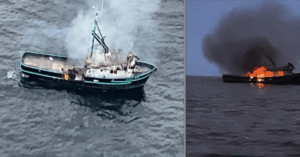
Video: Ukrainian Drone Boat Launches Bomber Drones To Destroy Russian Radar
July 4, 2025
U.S. Sanctions Oil Tankers Smuggling Iranian Oil After Striking Iran’s Nuclear Sites
July 4, 2025

The National Transportation Safety Board (NTSB) has stressed the importance of installing smoke and fire detectors in key areas of vessels after investigating a fire that sank the fishing vessel Tarka II near Tatoosh Island, Washington, on September 2, 2024.
The investigation revealed that the Tarka II did not have a smoke or fire detector inside its engine room, which is where the fire started.
Although the engine room was fitted with a CCTV camera connected to the wheelhouse, the camera was not active during the incident. Due to this, the captain only became aware of the fire when he noticed smoke coming from the vessel’s exhaust stacks.
Smoke detectors were installed outside the engine room and in the galley, but they did not activate until the captain opened the engine room door. By then, smoke had already built up inside.
The captain quickly shut down the main engine and generator and found a small fire near the hydraulic tank and hydraulic pump. Despite his efforts, the fire worsened rapidly.
With the situation getting dangerous, the captain and the only other crewmember abandoned the vessel using a liferaft. They were rescued by the U.S. Coast Guard shortly after.
The Tarka II sank and was never recovered, preventing investigators from finding out the exact cause of the fire. The vessel was declared a total loss, valued at around $460,000.
In its report (Marine Investigation Report 25-24), the NTSB stated that placing smoke and fire detectors in spaces that are usually uncrewed during vessel operation, like engine rooms, is critical. It allows fires to be detected early, giving the crew more time to act or evacuate safely.
The NTSB added that detectors should also be installed in other fire-prone areas, such as galleys and rooms containing machinery, fuel, or hot exhaust systems. These detectors should be capable of alerting crew members throughout the vessel and must be regularly checked to ensure they are working properly.
Reference: NTSB
Source: Maritime Shipping News


